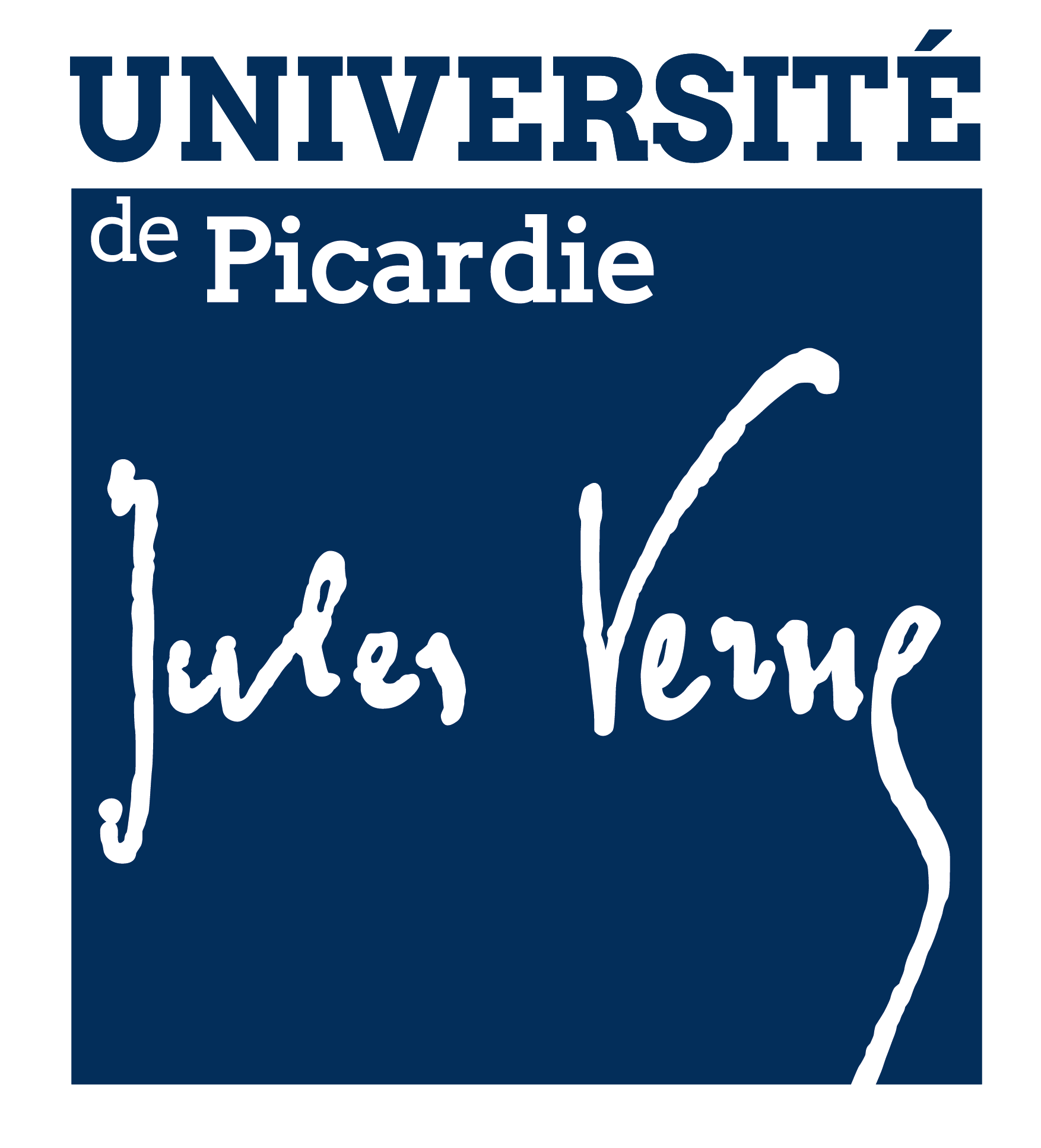Cervical artery dissection in patients ≥ 60 years
Résumé
Objective: In a cohort of patients diagnosed with cervical artery dissection (CeAD), to determine the proportion of patients aged ≥60 years and compare the frequency of characteristics (presenting symptoms, risk factors, and outcome) in patients aged <60 vs ≥60 years. Methods: We combined data from 3 large cohorts of consecutive patients diagnosed with CeAD (i.e., Cervical Artery Dissection and Ischemic Stroke Patients–Plus consortium). We dichotomized cases into 2 groups, age ≥60 and <60 years, and compared clinical characteristics, risk factors, vascular features, and 3-month outcome between the groups. First, we performed a combined analysis of pooled individual patient data. Secondary analyses were done within each cohort and across cohorts. Crude and adjusted odds ratios (OR [95% confidence interval]) were calculated. Results: Among 2,391 patients diagnosed with CeAD, we identified 177 patients (7.4%) aged ≥60 years. In this age group, cervical pain (OR adjusted 0.47 [0.33–0.66]), headache (OR adjusted 0.58 [0.42–0.79]), mechanical trigger events (OR adjusted 0.53 [0.36–0.77]), and migraine (OR adjusted 0.58 [0.39–0.85]) were less frequent than in younger patients. In turn, hypercholesterolemia (OR adjusted 1.52 [1.1–2.10]) and hypertension (OR adjusted 3.08 [2.25–4.22]) were more frequent in older patients. Key differences between age groups were confirmed in secondary analyses. In multivariable, adjusted analyses, favorable outcome (i.e., modified Rankin Scale score 0–2) was less frequent in the older age group (OR adjusted 0.45 [0.25, 0.83]). Conclusion: In our study population of patients diagnosed with CeAD, 1 in 14 was aged ≥60 years. In these patients, pain and mechanical triggers might be missing, rendering the diagnosis more challenging and increasing the risk of missed CeAD diagnosis in older patients.
